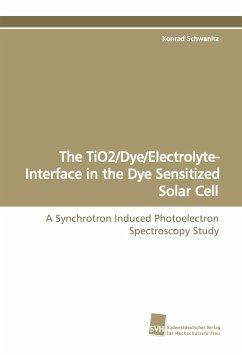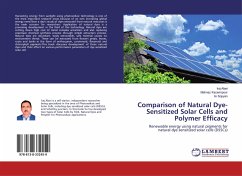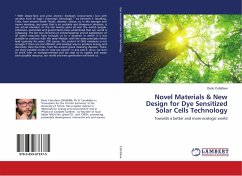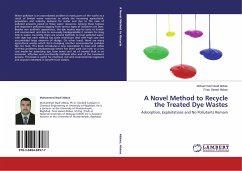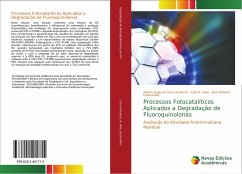In this work it has been attempted for the first time to investigate the complete working electrode (half cell interface: TiO2/dye/electrolyte) of the Dye Sensitized Solar Cell (DSSC) by means of photoelectron spectroscopy. The scope of this work is to investigate the interfacial interactions between the adsorbates and the TiO2 substrate, rather than bulk processes within the substrate or electrolyte. Since the coverage of the dye onto the TiO2 substrate amounts only up to one monolayer, a highly surface sensitive method, as Synchrotron Induced Photoelectron Spectroscopy (SXPS), has been applied to investigate the topological, chemical and especially the electronic interactions within the working electrode interface.
Bitte wählen Sie Ihr Anliegen aus.
Rechnungen
Retourenschein anfordern
Bestellstatus
Storno

